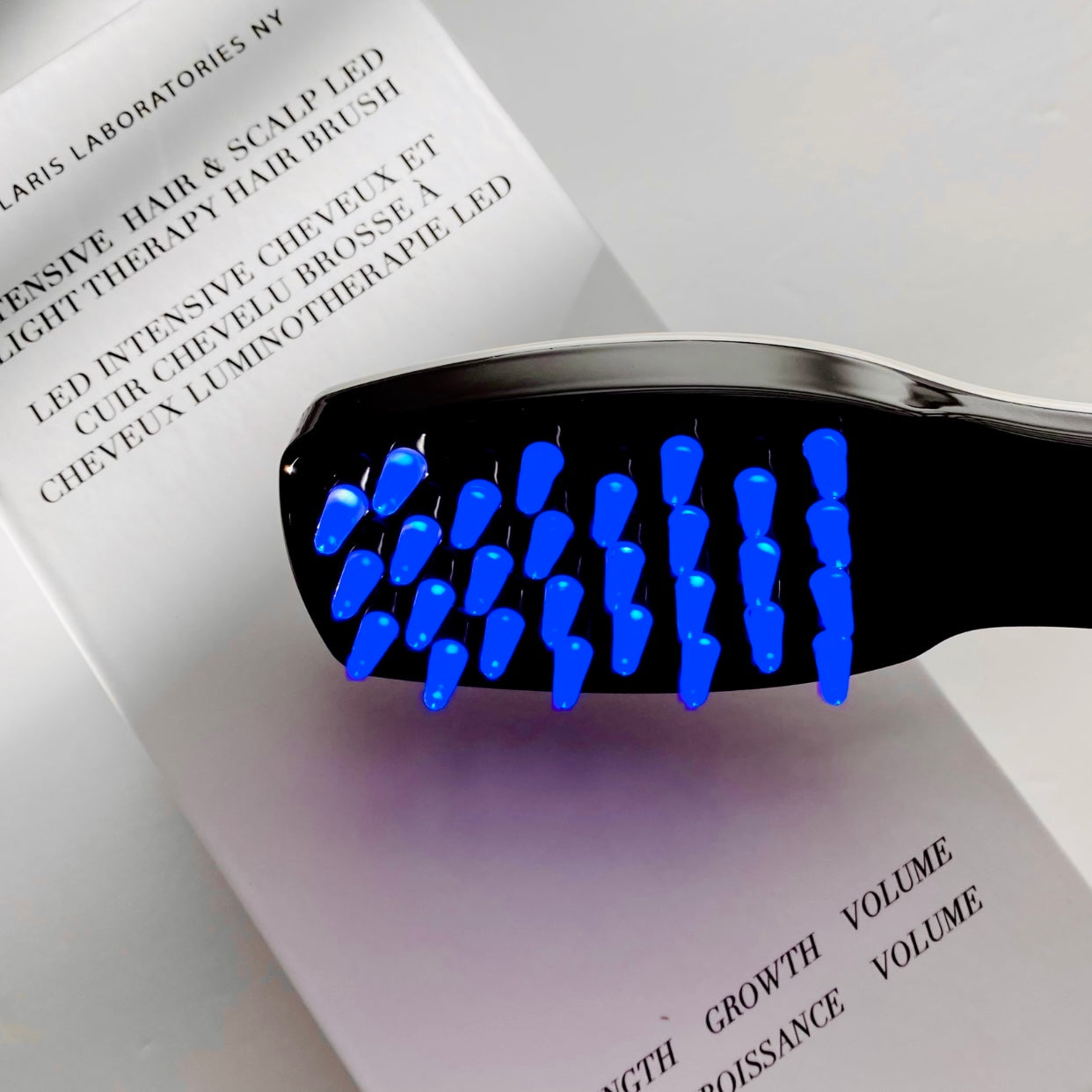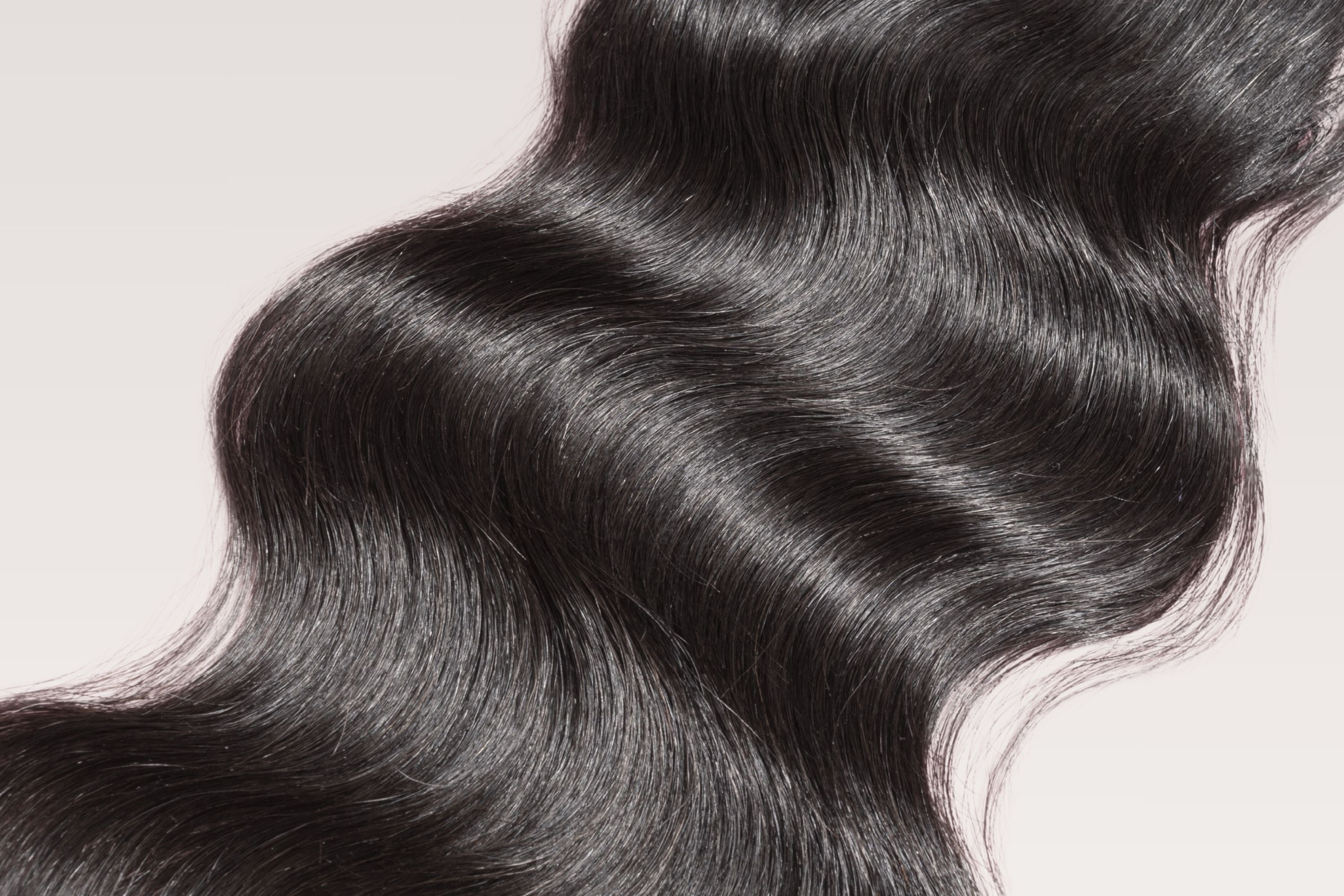LED Light Therapy: A Comprehensive Guide on Safety & Efficacy
LED light therapy has been gaining popularity for its potential to improve a variety of skin concerns, from fine lines and wrinkles to acne and scarring. But before you invest in one of our skin enhancing light devices, it's important to understand the history, safety, and efficacy of this treatment.
What is LED Light Therapy?
LED stands for "light-emitting diode," which is a type of light that is capable of producing a specific wavelength of light. This technology has been used for decades in various industries, including television and computer screens, traffic lights, and even plant growth. In the world of skincare, LED light therapy utilizes specific wavelengths of light to target different skin concerns.
Red light therapy, for example, is thought to stimulate collagen production and improve the appearance of fine lines and wrinkles. Blue light therapy is often used to kill acne-causing bacteria and improve the overall appearance of the skin. There are also other wavelengths of light, such as yellow and green, that have various benefits for the skin.
The History of LED Light Therapy
LED light therapy has been around for decades, but it wasn't until recently that it gained popularity in the skincare industry. In the 1960s, NASA conducted research on the effects of LED light on plant growth in space. This research led to the development of LED light therapy for humans, which was first used to speed up wound healing.
Since then, LED light therapy has been extensively studied for its potential benefits on the skin. It has been used in various settings, including medical offices and spas, and has been approved by the FDA for several indications, including the treatment of acne and the improvement of fine lines and wrinkles.
Is LED Light Therapy Safe?
Overall, LED light therapy is considered to be a safe treatment with minimal side effects. The most common side effect is mild redness or irritation, which usually disappears within a few hours after treatment.
However, there are certain individuals who should avoid LED light therapy or use it with caution. To better understand, take a peek at our comprehensive list:
It's important to consult with a medical professional before beginning any new skincare treatment, especially if you fall into any of the above categories.
Is LED Light Therapy Effective?
The efficacy of LED light therapy varies depending on the specific wavelength of light used and the individual's skin concerns. Some studies have shown that LED light therapy can be effective in improving the appearance of fine lines and wrinkles, as well as reducing acne and improving overall skin texture.
However, it's important to note that LED light therapy is not a miracle treatment and results may vary. It's best to consult with a medical professional to determine if LED light therapy is right for you and to discuss the expected results.
In conclusion, LED light therapy is a safe and potentially effective treatment for various skin concerns. However, it's important to consider if you fall into any of the categories of individuals who should avoid or use caution with this treatment. As with any new skincare treatment, it's always best to consult with a medical professional before beginning.
We hope this comprehensive guide to LED light therapy has been helpful. As always, it's important to prioritize the health and safety of your skin above all else. Happy glowing!
SLNY Team
Sources Used for this article
"Light-Emitting Diode (LED) Therapy." American Academy of Dermatology. https://www.aad.org/public/treatments/light-therapies/light-emitting-diode-led-therapy
"LED Light Therapy." Mayo Clinic. https://www.mayoclinic.org/tests-procedures/led-light-therapy/about/pac-20394761
"LED Light Therapy: Benefits and Risks." Healthline. https://www.healthline.com/health/led-light-therapy#risks


